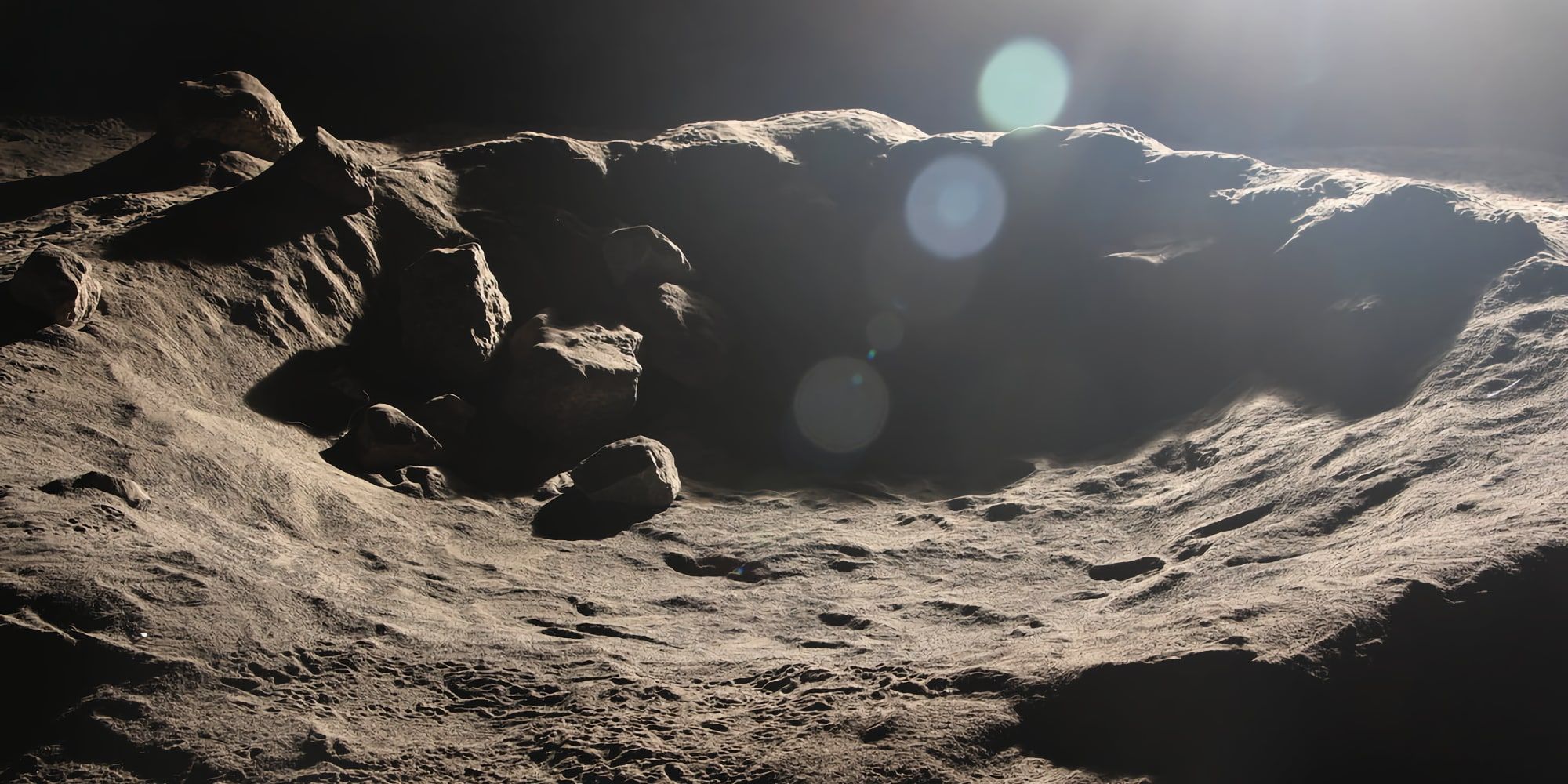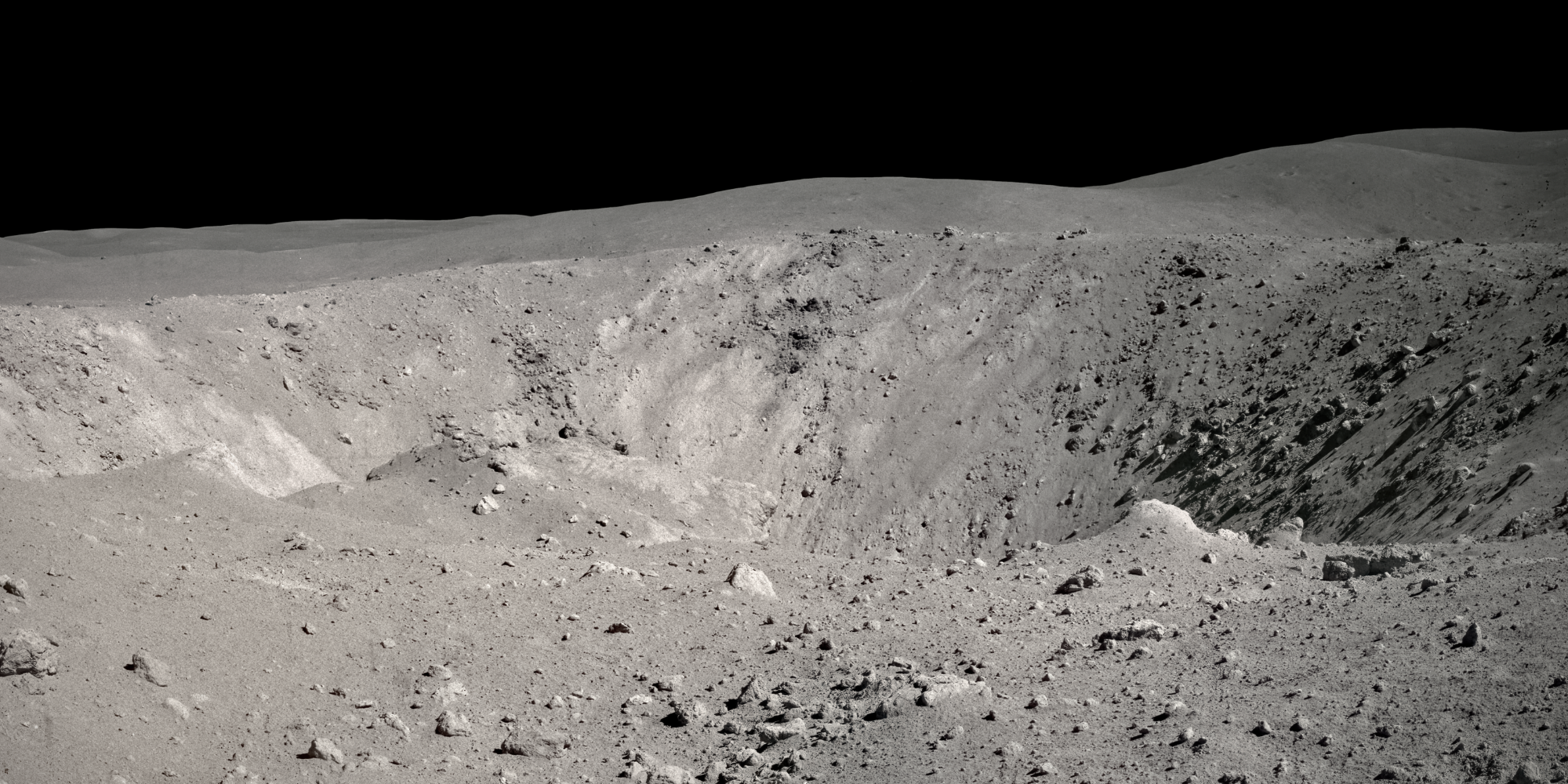SpaceX has recently been cleared of being the source of a wayward rocket destined to crash on the moon. Perhaps it has become a little too easy to take shots at one of the companies of the world's richest man, Elon Musk. On the other hand, SpaceX has so many launches every year that the odds that debris could be misidentified as something to do with SpaceX activity is increased when compared to others.
SpaceX's Falcon 9 launch vehicle blasted off from Cape Canaveral on Feb. 11, 2015. The mission was to place the Deep Space Climate Observatory (DSCOVR) in orbit for the National Oceanic and Atmospheric Administration (NOAA) to observe space weather and doubles as an Earth observation satellite. DSCOVR provides warnings of imminent coronal mass ejections (CME) from the sun, which create geomagnetic storms on Earth. The forewarning can be up to 60 minutes in advance, giving time to protect sensitive equipment.
The object expected to crash into the moon around March 4, 2022, was misidentified as the second stage of the SpaceX Falcon 9 that carried DSCOVR. The original story that the object in question was from the DSCOVR launch was written by Bill Gray, the Project Pluto software developer that tracks near-Earth objects. However, Jon Giorgini, an engineer at NASA's Jet Propulsion Laboratory, recently clarified that the DSCOVR spacecraft's trajectory wasn't particularly close to the moon. This means the Falcon 9 rocket's second stage is unlikely to strike the moon.
What's Going To Hit The Moon?
Clearly, something is up there are headed for a collision with the moon. Several astronomers have observed it, and it's believed to be a man-made object. Gray now says there is good evidence that suggests it is a space object designated 2014-065B, which is the booster for the Chang'e 5-T1 lunar mission that launched on Oct. 23, 2014.
Despite this sudden change in the identification, the other information about when and where it will strike the moon is still thought to be correct. That impact is predicted to occur on Mar. 4, 2022, at 12:25 UTC. The location is on the moon's far side, the portion that faces away from the Earth at latitude +5.18, east longitude 233.55. This is expected to make a new and relatively small hole within the gigantic Hertzsprung crater. So while the current identification of the space debris coming from Chang'e 5-T1 is not known for sure, it's certainly not a SpaceX Falcon 9 component.
Source: Bill Gray/Project Pluto


